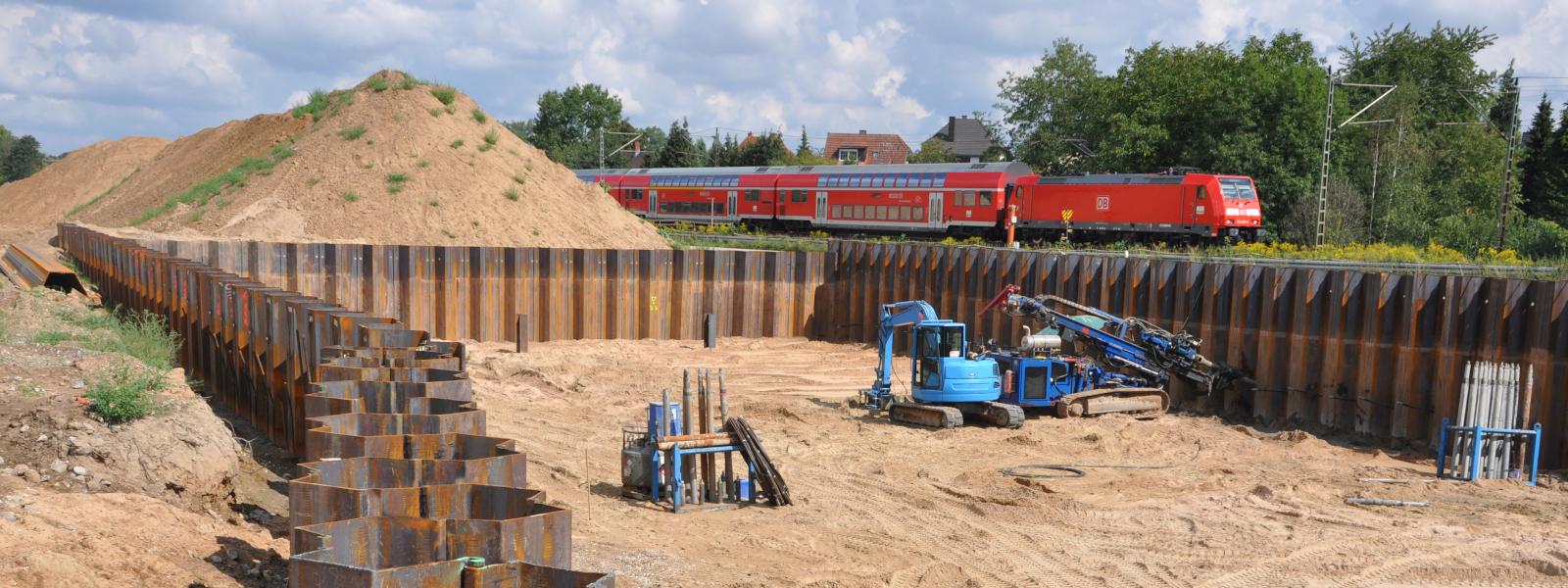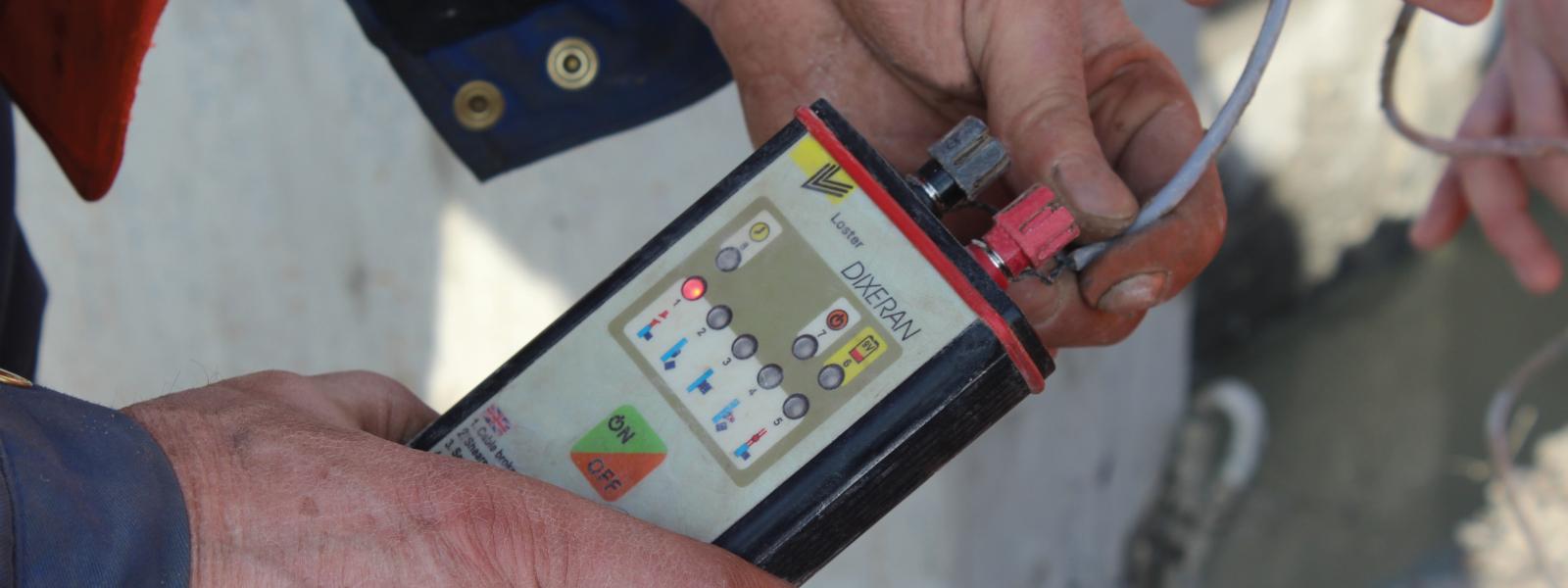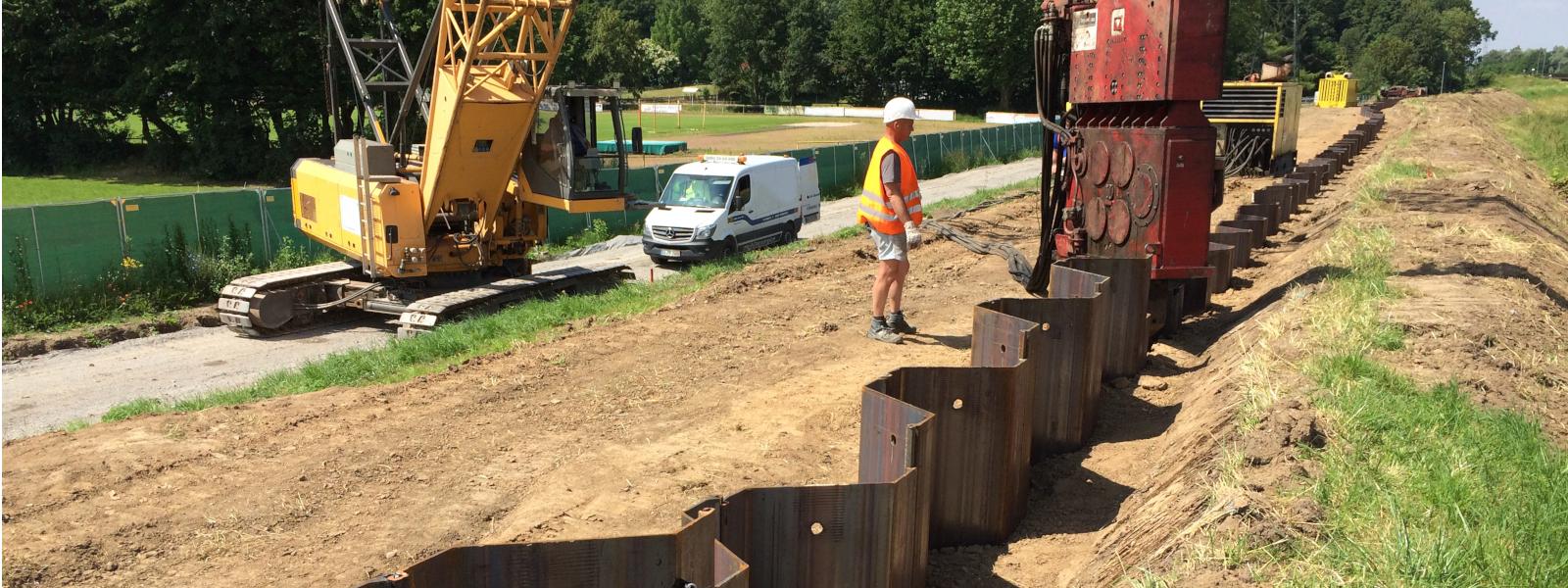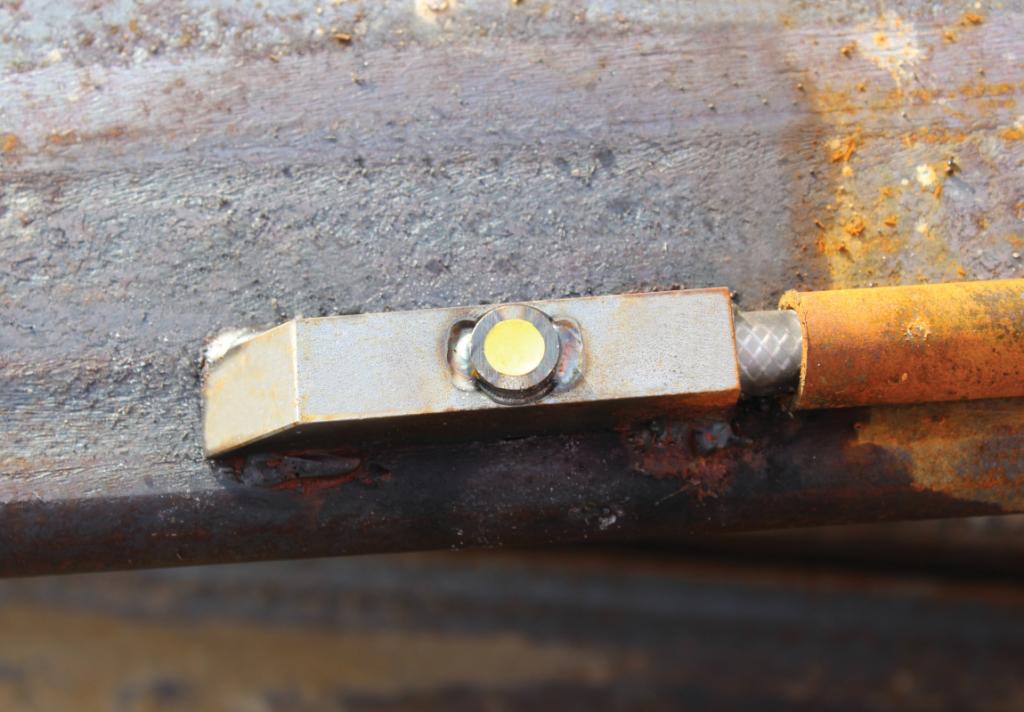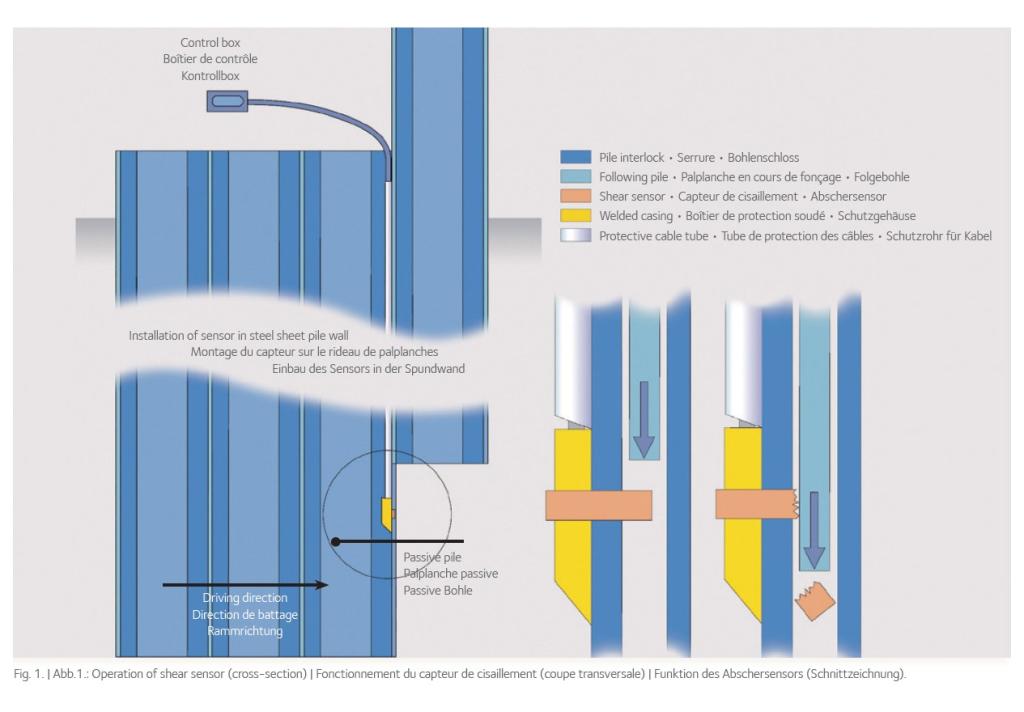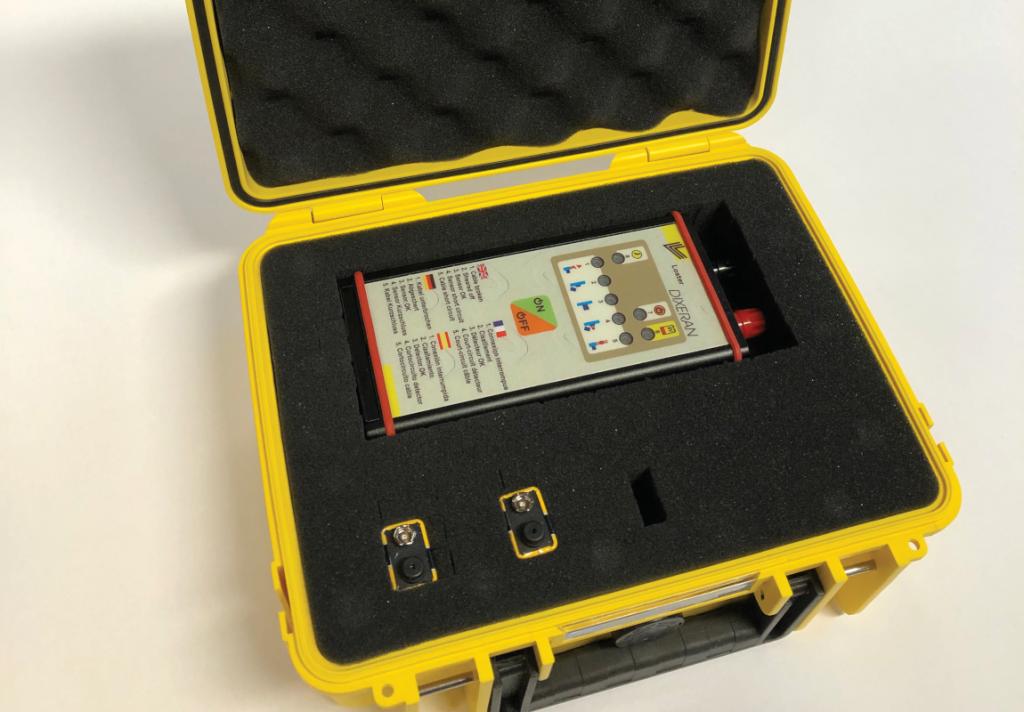Dixeran® | Declutching detector
Guaranteeing Interlock Hooking: Dixeran® Declutching Detector for Difficult Soil Driving in Sensitive Construction Projects
Dixeran® - a reliable shear-type declutching detector that ensures perfect interlock hooking in challenging soil driving conditions for sensitive construction projects. The operating principle is straightforward - a shear sensor protrudes into the pile interlock, and if the following pile shears off the protruding sensor pin or causes a short circuit by deforming it, the sensor sends a signal through an electrical cable to the control box at the surface.
With clear instructions for sensor installation and operating procedures, monitoring declutching is a simple process. Our document provides comprehensive information on the Dixeran® declutching detector, including its applications, operation, installation, and standard supply.
The document is available in three languages - English, German, and French.
Download
 English
English
